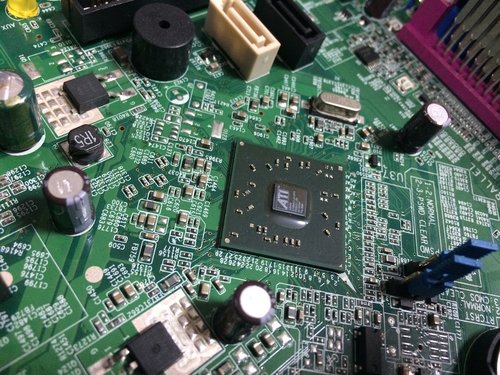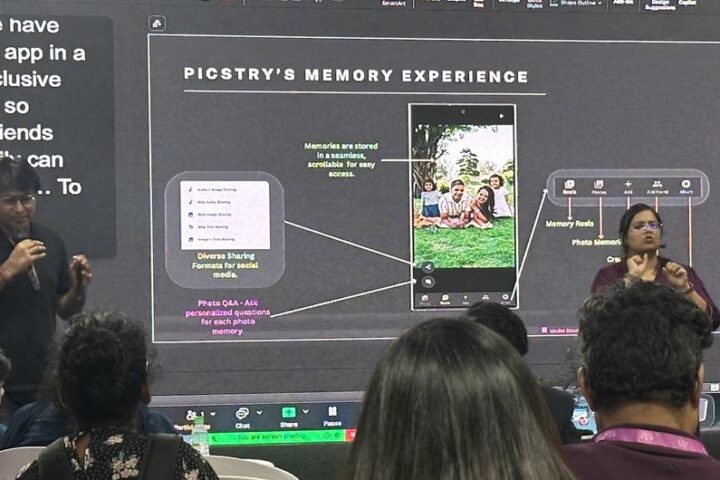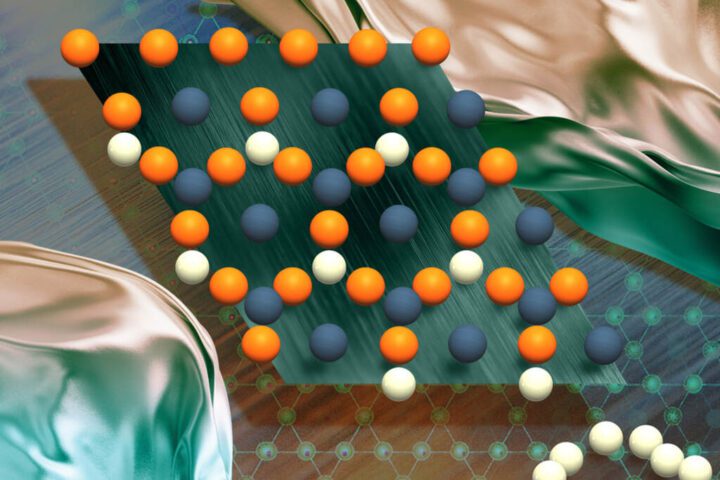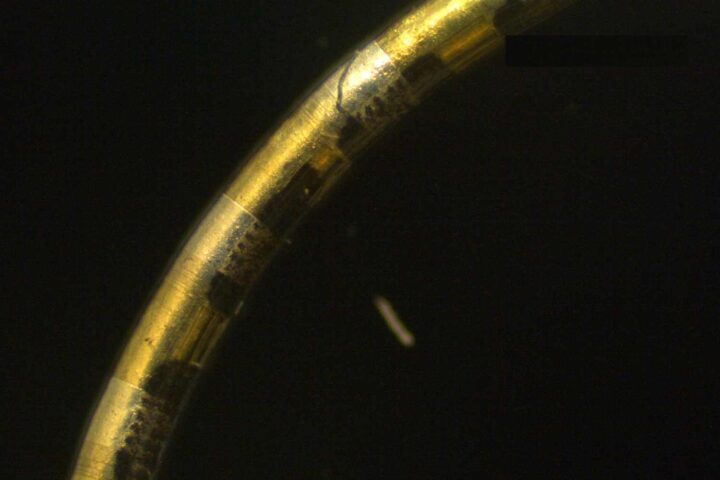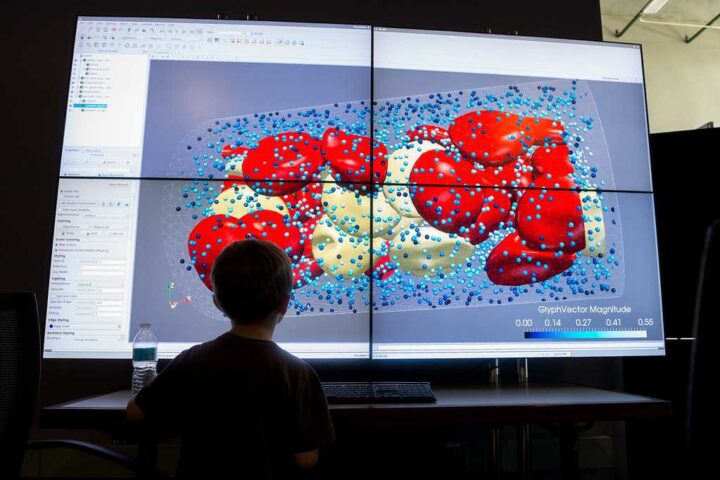Princeton University has secured nearly $10 million to lead a groundbreaking initiative that could transform how we design the chips powering our wireless world. The project aims to use artificial intelligence to automate and reimagine the design of radio-frequency integrated circuits (RFICs) – the specialized chips that enable wireless communication in everything from smartphones to self-driving cars.
Professor Kaushik Sengupta, who teaches electrical and computer engineering at Princeton, will direct this joint government-industry effort. The National Semiconductor Technology Center (Natcast) announced the funding in May 2025, selecting Princeton’s team as one of three nationwide to revolutionize chip design.
“Wireless chips today are fundamentally handcrafted,” explains Sengupta. “This makes them extremely expensive to design and limits innovation to what human engineers can imagine.”
Unlike computer processors, which benefit from automated design tools, wireless chips require expert designers who spend weeks perfecting each component. These chips must handle complex electromagnetic interactions while operating in unpredictable real-world environments.
Sengupta’s approach flips traditional chip design upside down. Rather than starting with known circuit designs and tweaking them, his team uses AI to work backward from desired performance goals to discover optimal designs. The results have been surprising – AI creates unusual circuit arrangements that outperform human-designed chips.
This breakthrough approach has already gained recognition. In 2022, graduate students working with Sengupta presented their findings at the IEEE International Microwave Symposium, winning the event’s top award. Their paper later received the 2023 Best Paper Award from the IEEE Journal of Solid-State Circuits.
Princeton professor Mengdi Wang will contribute AI expertise to the project, focusing on two key technologies: reinforcement learning (the same technique behind AI systems that master complex games) and diffusion models (used in Nobel Prize-winning protein design).
The project’s impact extends beyond academic research. By automating labor-intensive design processes, the technology could slash development time from weeks to minutes, potentially reducing costs by up to 70% while requiring fewer expert engineering hours.
Industry partnerships play a crucial role in the initiative. The team includes collaborators from universities like USC, Drexel, and Northeastern, alongside industry partners RTX, Keysight, and Cadence. An advisory board features leaders from major tech companies including Qualcomm, Skyworks, Texas Instruments, Nokia Bell Labs, and Ericsson.
Similar Posts
“Embracing AI for radio frequency design is paramount for maintaining the United States’ leadership in technological innovation,” said Natcast CEO Deirdre Hanford. “Leveraging AI not only accelerates our research capabilities but also ensures the U.S. remains at the cutting edge of communication infrastructure.”
The chips developed through this initiative will power critical technologies including next-generation 6G wireless networks, satellite communications, autonomous vehicles, and smart healthcare devices – all of which demand faster data speeds and more efficient signal processing.
What makes this approach particularly fascinating is that AI often creates designs that human engineers find counterintuitive. In a recent study published in Nature Communications, Sengupta’s team demonstrated AI-designed electromagnetic structures that arrange components in ways no human would likely conceive – yet they deliver superior performance.
“We are coming up with structures that are complex and look randomly shaped, and when connected with circuits, they create previously unachievable performance,” Sengupta noted. “Humans cannot really understand them, but they can work better.”
The Princeton-led initiative represents just one part of a larger $30 million investment through Natcast’s AIDRFIC program, highlighting the national priority placed on maintaining U.S. leadership in semiconductor technology.
